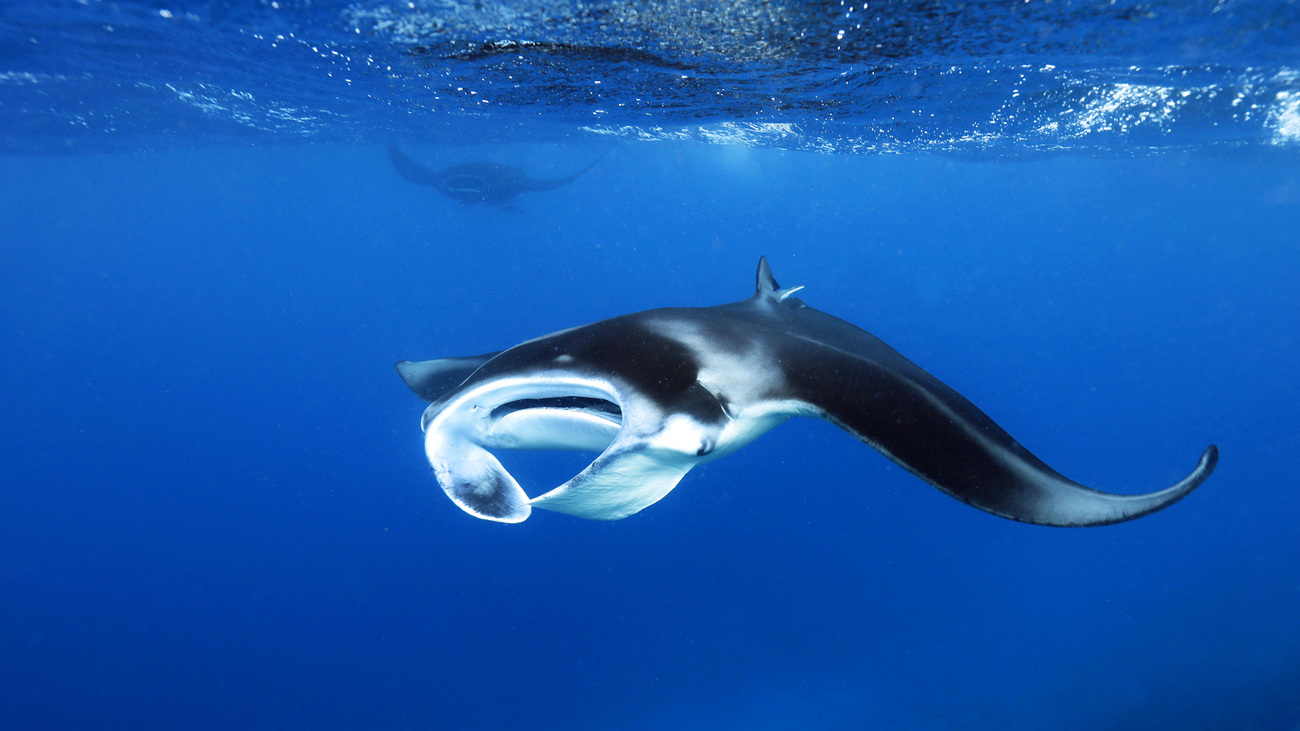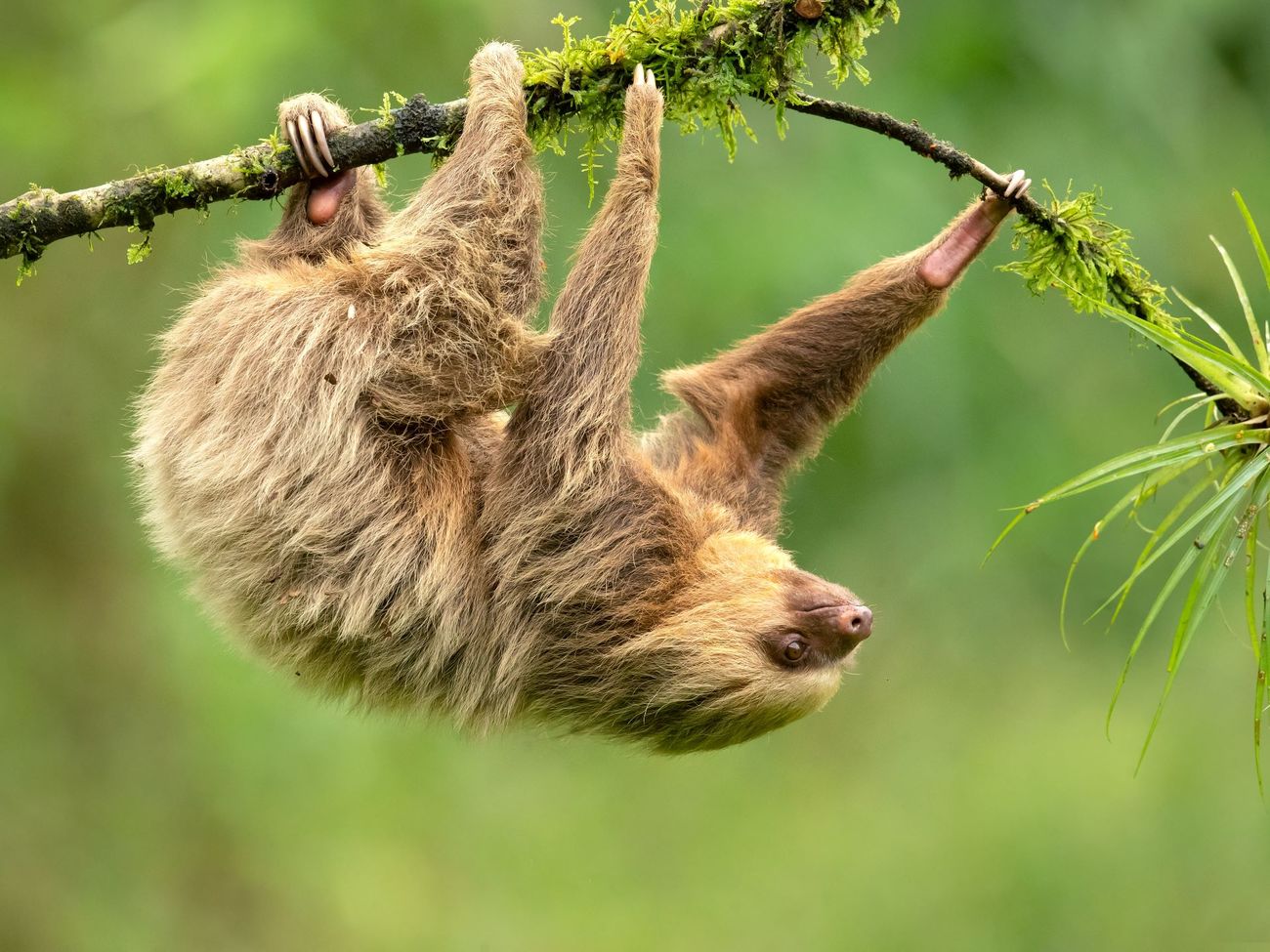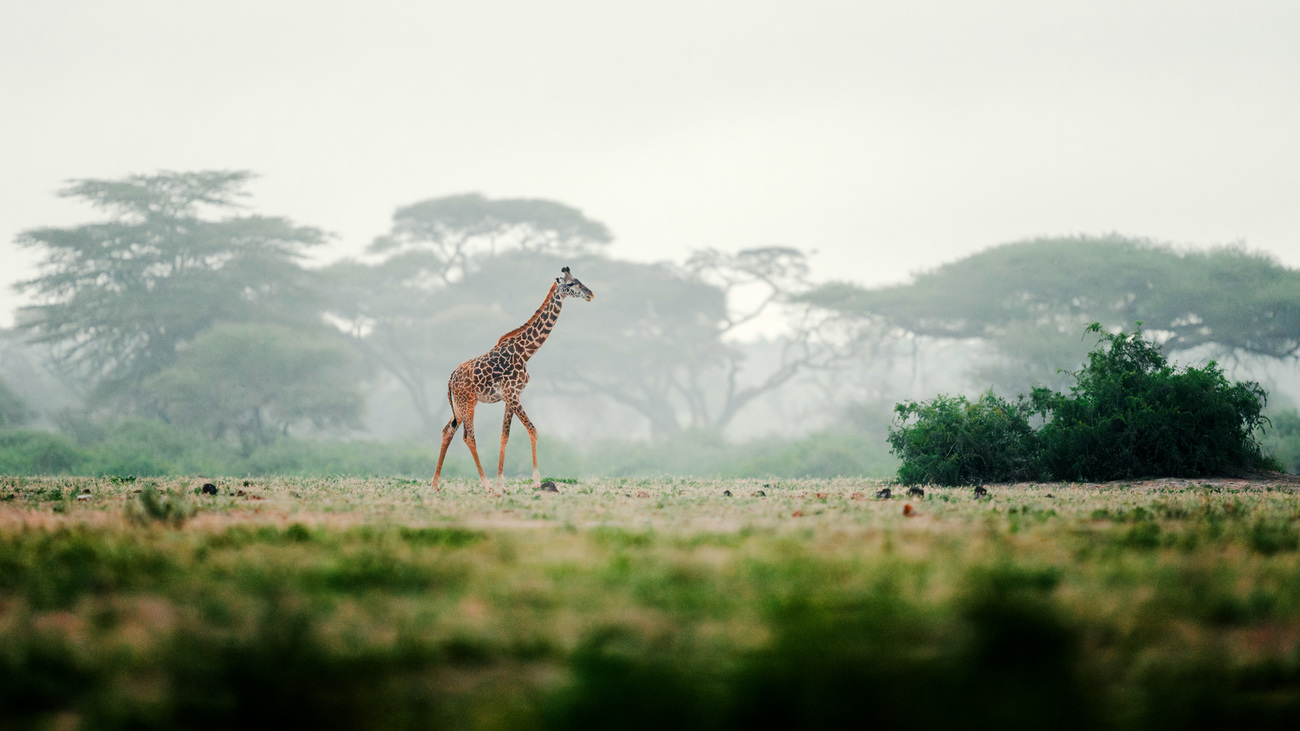Protecting vulnerable species from over-exploitation at the CITES CoP20
Protecting vulnerable species from over-exploitation at the CITES CoP20
Every three years, representatives from around the world gather with one goal in mind—to protect species from over-exploitation due to international trade.
The Convention on International Trade in Endangered Species of Wild Fauna and Flora (CITES) sounds technical – and it is – but put simply it is where decisions are made whether or not to protect certain species from trade.
These decisions affect many species, including the world’s most endangered animals, and they impact the survival of these species into the future.
IFAW has a long history of participating as an observer organisation in this forum for more than three decades. Our expertise helps government representatives form recommendations, provide data, and advocate for increased protections for at-risk species.
This year, the 20th Conference of Parties (CoP20) will be held in Samarkand, Uzbekistan, from 24 November to 5 December 2025. IFAW’s experts will be there, calling on governments to take decisive action to protect vulnerable species —those already teetering on the brink of extinction, and others that could soon follow without immediate safeguards.
Priority species for IFAW this November include sharks, elephants, rhinos, and giraffes, as well as animals impacted by the exotic pet trade, especially endemic species – species that are found only in one country.

Sharks and rays
Across the world, we are witnessing alarming declines in species vital to the health of our planet, including sharks and rays, which play an essential role in maintaining ocean ecosystems.
IFAW is urging governments to support seven proposals that would ban or regulate the commercial trade of products from several shark and ray species – most of which are classified as endangered or critically endangered on the IUCN Red List.
This includes an Appendix I listing—the highest level of protection, banning international commercial trade—for the Oceanic whitetip shark. Despite its status as one of the most protected shark species globally, it remains heavily exploited. Whale sharks, which are vital for ocean ecotourism in many countries around the world but still threatened by trade in their fins, are also being proposed for an Appendix I listing, alongside manta and devil rays. Decades of unsustainable trade have pushed these species to the brink of extinction.
Nearly all giant guitarfish and wedgefish species—17 out of 18—are now critically endangered, driven largely by the high market value of their fins. IFAW supports a zero annual export quota to temporarily halt commercial trade. This would give these species an opportunity to recover to a level where sustainable trade could be possible.
Smooth-hound and gulper sharks are proposed for Appendix II listings, which are needed to better regulate trade in these endangered species. Smooth-hound sharks are prevalent in global meat and small fin trades, while gulper sharks are targeted for their liver oil.
Strengthening protections for these species is essential to curbing unsustainable global

Exotic pet trade
The international trade in live animals for the exotic pet trade is increasingly putting wild populations at risk.
Many endemic species are prevalent in the exotic pet trade because of their rarity and uniqueness. Despite often being protected in their home countries, animals are frequently illegally taken from the wild and then laundered through the trade in captive-bred specimens.
This is the case for Galapagos iguanas where IFAW is urging governments to support the proposal to transfer them from Appendix II to Appendix I. This will protect this endemic species from the threat of illegal pet trade and bring greater scrutiny to illegitimate claims of trade in captive-bred animals.
Australian leaf-tailed geckos are also proposed for listing by CITES. Australia has strict national legislation that bans the export of native wildlife for commercial purposes. Yet, these species continue to be sold on digital platforms, and at pet trade shows without legal export permits ever being issued. This is just one example of traffickers stopping at nothing to get the rare creatures they want.
Lastly, IFAW will support Appendix II listings for Hoffmann's two-toed sloths and Linnaeus’s two-toed sloths, which are increasingly exported as pets and for the tourist trade. The regulation of international trade is urgently needed to help avoid a further increase in the numbers of sloths traded and to help tackle illegal trade, preventing ultimate population decline.

Elephant ivory and rhino horn
IFAW will once again urge governments to reject proposals to enable government-owned stockpiles of elephant ivory and rhino horn to be sold.
Any legal trade provides opportunities for criminals to launder poached elephant tusks and rhino horns into the market while imperiling rhino and elephant populations. This is exactly what happened the last time governments at CITES allowed the sale of stockpiled ivory in 2008. We saw a decade of poaching unleashed on African elephants that is only now beginning to subside. This is a mistake governments must not repeat, given the significant risk this poses to these already vulnerable species.

Giraffes
The giraffe was listed on CITES Appendix II in 2019 after it suffered a dramatic decrease in numbers, with some scientists referring to it as a ‘silent extinction’. Despite only being listed a few years ago, some southern African countries are seeking to remove this protection for their populations of giraffes at the upcoming CoP20. IFAW will urge governments to oppose this proposal.
The Appendix II listing is important, as it had previously been impossible to determine the scale of international trade in giraffe products and its contribution to the decline of giraffe populations. This trade is largely driven by demand for bones, bone carvings, and skin pieces.
While IFAW recognises and applauds the efforts of southern African countries to protect all giraffe populations, if the listing is revised, distinguishing between the species in trade would become a problem.
These greater protections are critical in ensuring these species are not further endangered. They also help to combat illegal wildlife trade––one of the largest and most profitable criminal activities globally.
Related content
Blog
Sharks and rays are in need of protection—but which ones and why are they in crisis?
Read moreBlog
Deepwater sharks are killed to make cosmetics—but a CITES decision could save these species from extinction
Read morePress releases
European Parliament backs stronger EU action ahead of global wildlife trade talks
Read moreOur work can’t get done without you. Please give what you can to help animals thrive.